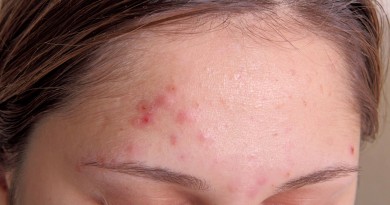Canker sores: a problem that torments many people
It’s not serious, but it’s painful. Do you know how to solve them?
The drama that a simple skin irritation can cause: canker sores are highly uncomfortable, causing intense pain in a small space in the mouth. There are two types of canker sore: the simple, which normally occur four or five times a year, in particular to persons between 10 and 20 years old, lasting about a week; and the complex, where the inflammation and time are more extensive, being recurring in people with susceptibility to this problem.
However, there is no known causes for the appearance of canker sores. Some say it’s stress or a food that causes the irritation in the tissues, but so far no evidence concluded the discussion around the topic. What has seemed evident, is that acid fruits, like pineapples, lemons, oranges, apples, figs or strawberries, trigger the appearance of canker sores. There are canker sores whose origin is easily diagnosed, being a clear sign of gastrointestinal diseases, extreme deficiency of folic acid or vitamin B-12 or even a weak state of the immune system. In the most extreme cases, canker sores can cause fevers, swelling in the lymph nodes and fatigue.
The important thing to keep in mind is how to treat them. To begin with, this problem resolves itself after a week or two. But if the pains are unbearable, you can use painkillers. Anti-microbial creams, corticoid lotions or other advice given by your doctor are viable alternatives to speed up the healing process. There are also actions you can take to prevent the occurrence of new canker sores, such as avoid acid fruits and foods that can cause irritation, such as spicy foods or chewing gum. A careful brushing after each meal also avoids the predominance of canker sores.







